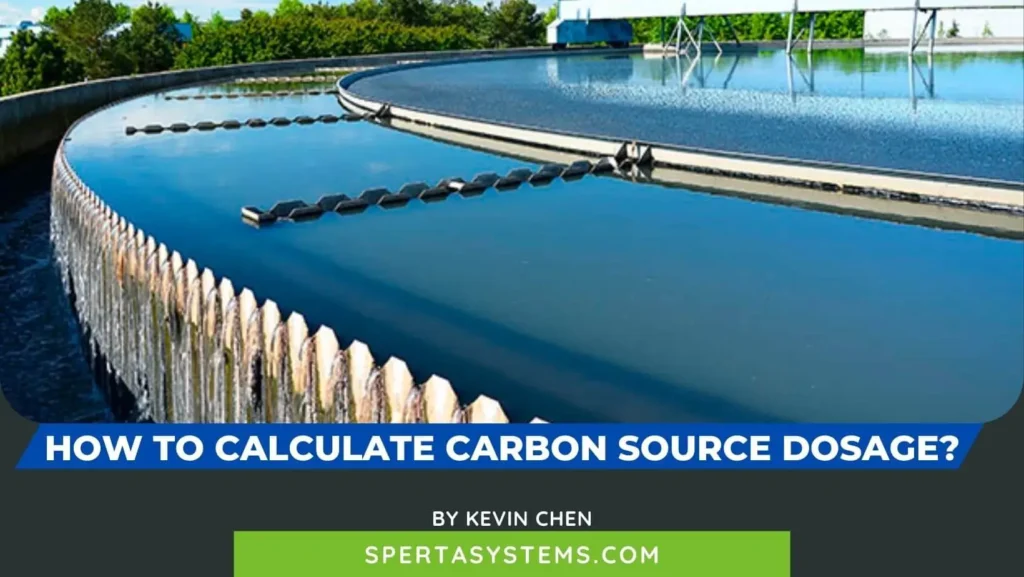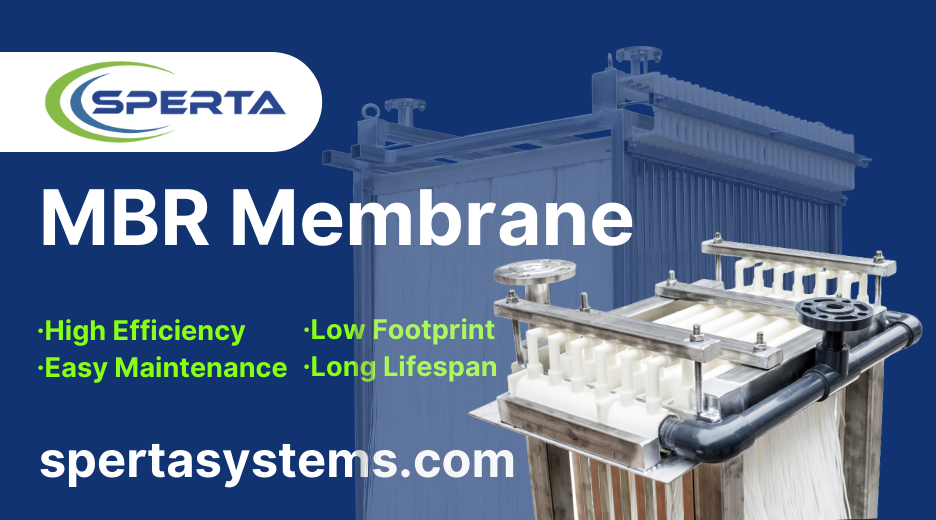Dosing with carbon sources is a critical operation in wastewater treatment processes. Its purpose is to provide the necessary organic carbon to promote microbial growth and metabolic activity, and to realize the effective removal of nitrogen, phosphorus, and other nutrients in wastewater. Therefore, accurately calculating the dosage of carbon source is crucial not only for enhancing treatment efficiency but also for directly impacting operational costs and environmental benefits.
What Is the Principle for Calculating Carbon Source Dosage?
The calculation of carbon source dosage primarily depends on factors such as the BOD5/COD ratio, denitrification rate, and the total amount of nitrogen that needs to be removed. The basic formula can be expressed as: Carbon Source Dosage (in terms of COD) = (Theoretical COD required for denitrification – Biodegradable COD in the raw wastewater) × Conversion Factor. The conversion factor is usually determined based on practical engineering experience or laboratory simulation experiments.
What Factors Influence the Dosage of Carbon Source?
Dosing carbon source requires consideration of multiple factors, including but not limited to the following points:
Water Quality Monitoring Indicators:
- C/N (Carbon/Nitrogen) Ratio: The ratio of COD (Chemical Oxygen Demand) to Total Nitrogen (TN) or Kjeldahl Nitrogen (TKN) in the wastewater. To ensure the denitrification process is adequately, the C/N ratio must be maintained within a suitable range, such as between 4:1 and 6:1, although this may vary depending on specific circumstances.
- Ammonia Nitrogen Content: When the ammonia nitrogen level in the wastewater exceeds the standard, it is necessary to add the carbon source to balance the reaction and enhance the completeness of denitrification.
Biological Treatment Stage Requirements:
- Activated Sludge Cultivation and Acclimation Stage: Microorganisms require sufficient carbon sources to promote rapid reproduction and environmental adaptation during this phase. If the carbon source in the raw water is insufficient, additional dosing is necessary.
- Denitrification Process: Based on the design of the nitrogen removal process, select the appropriate type of carbon source and dosing points to ensure that the carbon source is effectively utilized within the denitrification tank, avoiding loss or premature consumption.
Wastewater Biodegradability:
- Types of Organic Matter and the Ease of Degradation: Different organic carbon sources vary significantly in their bioavailability to microorganisms. Select easily degradable small-molecule carbon sources and consider their ability to meet the metabolic needs of microorganisms under specific conditions.
Economic and Safety Considerations:
- Cost of Carbon Source: The selected carbon source should offer high economic efficiency, achieving effective treatment results while minimizing operational costs.
- Storage and Safety of Use: Carbon sources such as methanol and acetic acid should have good storage stability and safety to prevent leaks that could cause environmental pollution or safety hazards.
Process Control Flexibility:
- Dosage Points and Methods: Determine the optimal dosing points based on the characteristics of the process flow, such as whether in the anoxic or anaerobic zones and decide whether to adopt continuous or intermittent dosing methods.
Environmental Impact and Regulatory Constraints:
Risk of Secondary Pollution: Ensure that adding carbon sources does not lead to the emission of new pollutants, complying with environmental regulations. By considering all the above factors, a scientific and reasonable carbon dosing strategy can be developed to effectively improve the imbalance of carbon sources in wastewater and optimize the performance of the whole wastewater treatment system.
How to calculate carbon source dosage?
Calculating the carbon source dosage in wastewater treatment is very important, aimed at supplementing the organic carbon needed for microbial growth and promoting biodegradation. Here are two different calculation methods:
Simple Calculation Method Based on Nitrogen Removal Needs: When referencing the total Kjeldahl nitrogen (TKN) in wastewater, the following formula can be used to calculate the required amount of external carbon source to be dosed (measured as Chemical Oxygen Demand, COD): Cm = 20N – C

- Where Cm represents the amount of external carbon source needed to be added (mg/l or kg/d, depending on the unit of V).
- 20 is the CN ratio, the theoretical mass ratio of carbon required per gram of nitrogen.
- N is the amount of total Kjeldahl Nitrogen (TKN) that needs to be removed (mg/l or kg/d).
- C is the difference in carbon source between influent and effluent, i.e., the gap between the available COD in the wastewater treatment system and the actual COD needed (mg/l or kg/d).
Calculation Method Based on COD Difference and COD Contribution Rate: This method determines the carbon source dosage by considering the COD difference and the COD contribution rate, applicable to a broader range of scenarios, including influent, effluent, and target COD values.
The formula is: Carbon Source Dosage (kg/d) = COD Difference (kg/d) / COD Contribution Rate

- Here, the COD difference refers to the gap obtained by subtracting the actual influent COD value from the target COD value for the treatment tank.
- The COD contribution rate denotes the percentage of the added carbon source that can be converted into COD during the biochemical reaction process.
- In practical application, selecting the appropriate calculation method should be based on specific water quality parameters, the process flow, and the nutritional needs of the microbial system, ensuring the explanation is accessible and easy to understand.
The above is the information about the calculation of carbon source dosage. If you still have related questions about the wastewater treatment, please feel free to contact SPERTA.
Shanghai SPERTA Environmental Technology Co., Ltd. has specialized in producing water treatment products for many years. The company has its own MBR membrane technology, a complete technical team, and pre-sales and after-sales service. If you have any needs, please feel free to contact us.









